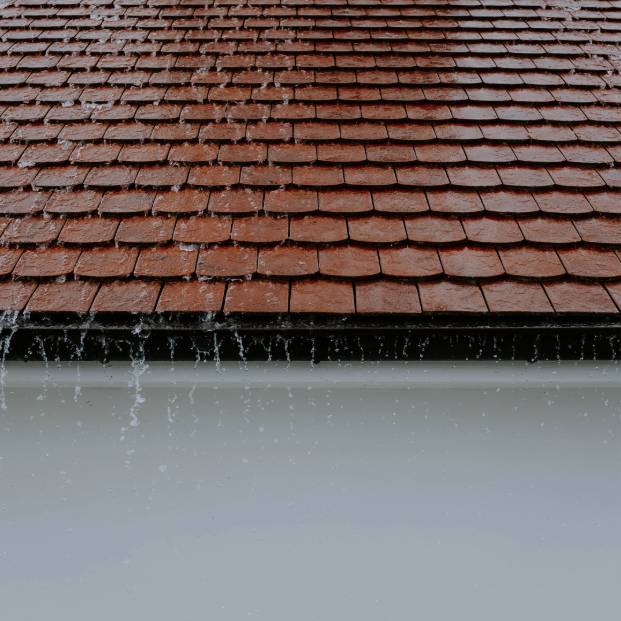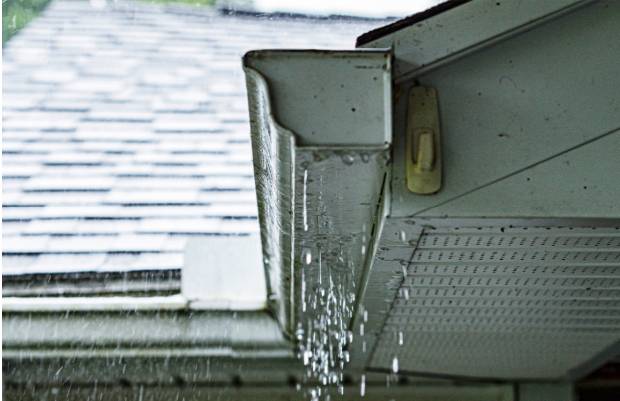In this article, we’ll explore how spring storms can impact your home and why emergency water restoration services are essential to protect your property. Understanding the potential risks can help you prepare and respond effectively.
We’ll also discuss steps you can take to minimize damage and ensure your home stays safe and dry. Being proactive not only safeguards your home but also provides you with the assurance that you are ready to face unpredictable weather.
Understanding the Impact of Spring Storms
Spring storms can bring heavy rain, strong winds, and even hail to Phoenix. These elements can lead to various problems for homeowners, especially those who are unprepared. Each storm element can uniquely challenge your home’s defenses, testing the resilience of your property. Let’s take a closer look at how these storms can affect your home.
Heavy Rainfall and Flooding
Heavy rain is a common feature of spring storms, and it can lead to flooding inside and outside your home. The sheer volume of rainwater can overwhelm drainage systems, leading to unwanted water accumulation.
Water can seep into basements, crawl spaces, and through improperly sealed roofs. This can cause immediate water damage and create the ideal conditions for mold growth if not addressed quickly. The presence of moisture over time can also lead to structural weaknesses, compromising the safety of your home.
Wind Damage
Strong winds can cause significant damage to your home, from tearing off roof shingles to breaking windows. Flying debris during these storms can exacerbate the damage, posing additional risks to your property. Once the protective barrier of your home is compromised, it’s much easier for water to get inside. The impact of winds can also affect outdoor structures, such as fences and garden features, potentially increasing repair costs.
Hail and Structural Damage
Hail can be particularly destructive, damaging roofs, siding, and windows. The force of hailstones can also impact vehicles and outdoor equipment, necessitating urgent repairs. Even small hailstones can create cracks and holes, providing another entry point for water. Over time, these entry points can expand, leading to more severe water infiltration issues that require comprehensive restoration efforts.
The Importance of Emergency Water Restoration
When water damage occurs, time is of the essence. Immediate action can prevent minor issues from evolving into major, costly repairs. Delaying repairs can lead to more extensive damage and higher repair costs. Emergency water restoration services are crucial for several reasons, ensuring that your home is swiftly returned to a safe and habitable condition.
Preventing Mold and Mildew
One of the most significant risks of water damage is mold growth. Mold can degrade indoor air quality and contribute to respiratory issues. It not only damages your home but can also pose health risks to your family. Emergency water restoration services can quickly address water damage and help prevent mold growth, ensuring a healthier living environment.
Minimizing Structural Damage
Water can weaken the structural integrity of your home, affecting everything from the foundation to the walls. The longer water is allowed to sit, the more it can erode structural elements. By addressing water damage promptly, you can minimize the risk of serious structural issues. Professional services can assess the extent of damage and implement effective solutions to reinforce your home’s stability.
Saving Personal Belongings
Water damage doesn’t just affect the structure of your home; it can also ruin personal belongings such as furniture, electronics, and important documents. The emotional and financial impact of losing personal items can be significant. Quick action can help salvage these items and reduce the overall impact of the damage. Restoration professionals can often restore or mitigate damage to cherished belongings, preserving their value and your peace of mind.
Steps to Take When Water Damage Occurs

If your home experiences water damage during a spring storm, there are several steps you can take to mitigate the damage and protect your property. Being organized and methodical in your response can make a significant difference in the outcome.
1. Ensure Safety
Before addressing any water damage, make sure your home is safe. Safety should always be your priority. Turn off electricity in affected areas to prevent electrical hazards.
Avoid walking through standing water, as it may be contaminated or hide potential hazards. Use protective gear if necessary to ensure your well-being.
2. Contact Emergency Water Restoration Services
Once you’ve ensured your safety, contact a professional emergency water restoration service. These experts have the knowledge to assess and address damage effectively. They have the expertise and equipment needed to handle water damage quickly and effectively. Prompt professional intervention can prevent further damage and start the restoration process swiftly.
3. Document the Damage
Take photos and make notes of the damage for insurance purposes. Detailed documentation can facilitate a smoother claims process. This documentation can be crucial when filing a claim and ensuring you receive the compensation you need for repairs. Keeping a thorough record also helps restoration professionals understand the full scope of the damage.
4. Begin the Drying Process
While waiting for professional help, you can start the drying process by opening windows and using fans to circulate air. This initial step can help reduce humidity levels and slow down the damage. Removing standing water with a wet/dry vacuum can also help minimize damage. Every action you take can contribute to preserving your home’s condition.
5. Remove Damaged Items
Take out any items that have been damaged by water to prevent further damage and aid in drying. Acting quickly can increase the chances of recovering affected items. Be sure to wear protective gear when handling items that may be contaminated. This step not only aids in restoration but also helps you prioritize items for professional attention.
Preventing Water Damage Before It Happens

While you can’t control the weather, there are steps you can take to reduce the risk of water damage during spring storms. Proactive measures can significantly enhance your home’s resilience against storm-related issues.
Inspect and Maintain Your Roof
Regularly inspect your roof for damaged or missing shingles and have them repaired promptly. A well-maintained roof serves as your first line of defense against the elements. Consider installing a waterproof barrier under your shingles for added protection. These preventative steps can extend the life of your roof and improve its performance during storms.
Clean Gutters and Downspouts
Clogged gutters can lead to water pooling around your home’s foundation, increasing the risk of water entering your home. Regular maintenance of these components is essential for effective water diversion. Keep gutters and downspouts clear of debris to ensure proper drainage. This practice helps protect your home’s foundation and reduces the likelihood of water damage.
Seal Windows and Doors
Check for gaps and cracks around windows and doors and seal them with caulk or weatherstripping to prevent water intrusion. These small openings can allow significant water entry during a storm. This simple step can significantly reduce the potential for water damage. Regular checks and maintenance can ensure that your home remains secure against weather challenges.
Install a Sump Pump
A sump pump can be a valuable addition to your home, especially if you have a basement or crawl space. It provides an added layer of protection against unexpected water accumulation. It helps remove water that accumulates in these areas, preventing flooding and water damage. Investing in a sump pump can save you from costly repairs and preserve your home’s integrity.
Landscape for Proper Drainage
Ensure that the ground around your home slopes away from the foundation to direct water away. Proper landscaping can be an effective tool in managing water flow. Use landscaping techniques, such as swales and drainage ditches, to manage water flow. Thoughtful design can reduce the risk of water pooling and entering your home.
Conclusion
Spring storms in West Phoenix can pose a significant threat to your home, but with the right preparation and quick action, you can minimize the risk of water damage. Preparation and knowledge are your best allies in safeguarding your property.
Emergency water restoration services, like us at PuroClean of West Phoenix, play a vital role in protecting your home and ensuring a swift recovery from any water-related issues. By taking preventive measures and knowing what to do in the event of water damage, you can keep your home safe and dry throughout the stormy season. Your proactive efforts today can lead to peace of mind and a secure home tomorrow. Give PuroClean of West Phoenix a call today for expert services!




 PuroClean of West Phoenix
PuroClean of West Phoenix